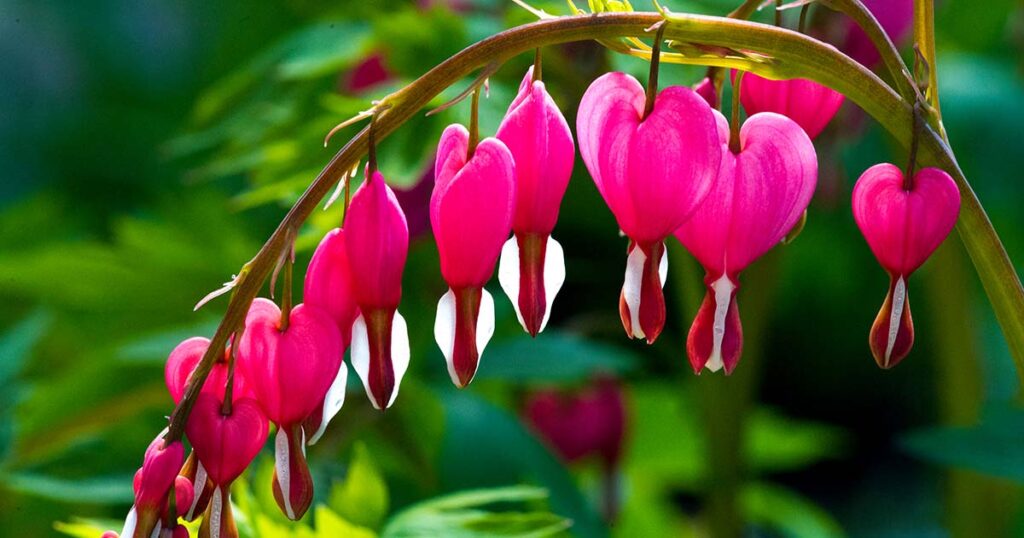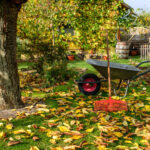Not all of us are blessed with sundrenched gardens and yards. Unfortunately, many of us have areas on our property that get very little sunlight that allows us to grow bountiful crops, lush green foliage and colourful flowers. However, all is not lost for those who have more shady areas in which to grow plants. Knowing what are the best low light plants can help ensure that even the darker parts of your property can grow aesthetically pleasing plants. Check out this list for some ideas.
Hostas
Hosta plants are often the backbone of lush greenery in shaded areas. There are a large number of varieties with a diverse range of dark green leaves that can be used to fill in areas of your yard that don’t get enough sunlight for other types of plants. Hostas are generally grown for their foliage, but they can also produce flowers in the summer. Adding these hardy, low-growing perennials to low light areas of your yard can make the most of what might’ve been considered dead space.
Bleeding Hearts
Not only will Bleeding Hearts grow well in low light areas, but they produce incredibly attractive pink and white, heart-shaped flowers every spring. In fact, Bleeding Hearts prefer shady, low light areas. This herbaceous plant will die off as the summer heat intensifies, but you’ll be hard-pressed to find an easier-to-grow, attractive, flowering springtime perennial.
Hydrangeas
Hydrangeas are another incredibly attractive flower-like plant that does well in low light areas of your garden. The large snowball-like clumps of flowers (actually modified leaves) come in blues, pinks or whites depending on the acidity of your soil. For this reason, many gardeners use their Hydrangeas as a soil pH indicator. Hydrangeas do better in shady areas because they’re sensitive to the high temperatures in sunny spots. A well-cared-for Hydrangea can produce flower-like inflorescences for the entire growing season.
Begonias
Another way to add a splash of colour to a low light area is to plant begonias. Not only will begonias flower from summer through the fall with little in the way of direct sunlight, but they can also feature incredibly attractive leaves. New varieties with unique characteristics seem to be introduced all the time to give a wide range of colours, looks and textures.



